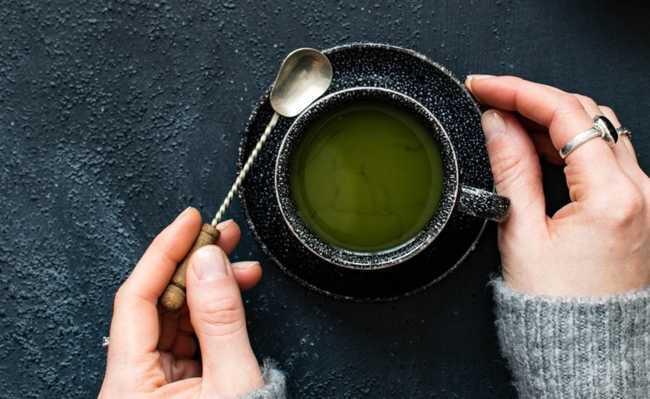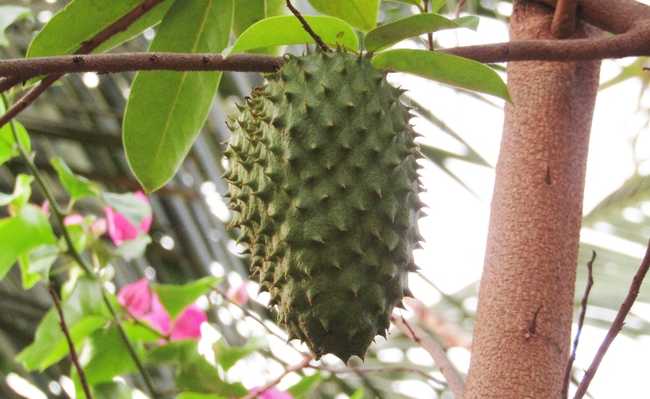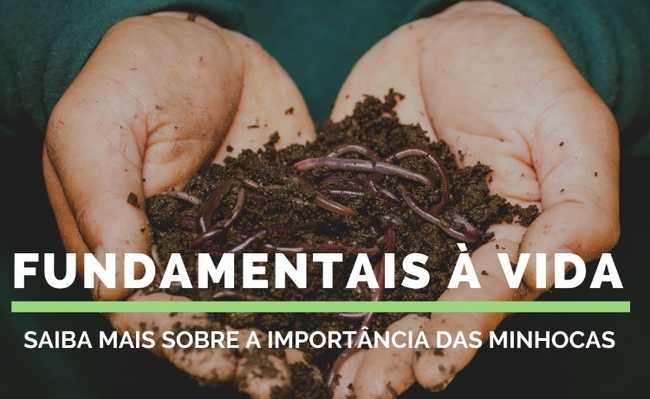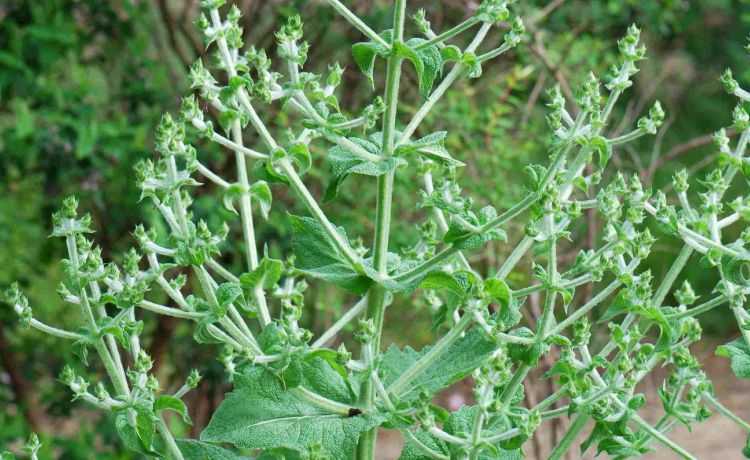What is the trophobiosis theory
The trophobiosis theory states that pesticides and fertilizers are the main cause of pest appearance

Edited and resized image by Niklas Garnholz is available on Unsplash
Trophobiosis (from Latin thopos, food; bio, life; and ose, action, movement; means development of life through food), in ecology, it is the symbiosis relationship (long-term interaction between two species that can be beneficial, neutral or harmful for one of the involved) between different species in which one feeds the other. Ants, for example, feed and protect aphids, while feeding on their secretions.
The trophobiosis theory, in turn, is a concept developed by the French Francis Chaboussou, in the 1970s, according to which the health of vegetables is the result of the balance or imbalance of their nutrients. According to Chaboussou, this balance is due to the relationship between protein synthesis (proteosynthesis) and protein breakdown (proteolysis) in plant tissues.
The relationship between proteosynthesis and proteolysis determines the resistance and sensitivity of plants to attack by parasitic organisms such as insects, mites, nematodes, fungi, bacteria and viruses.
According to the trophobiosis theory, plants that grow in fertile and balanced soils have natural resistance to parasite attack. Plants treated with soluble fertilizers, on the other hand, have an imbalance that causes pests to appear.Understanding the theory of trophobiosis

Edited and resized image by Jason Leung is available on Unsplash
According to the creator of the trophobiosis theory, parasitic agents such as viruses, nematodes, mites, bacteria and insects do not have enough enzymes to feed on complex substances, and therefore they need simpler nutrient sources, such as free amino acids, sugars solubles, among others.
When there is excessive proteolysis, that is, excessive protein breakdown, the plant becomes hypersensitive to parasitic attack. On the other hand, when there is dominant proteosynthesis, the plant has better immunity.
In other words, what the trophobiosis theory states is that, with the excess of free amino acids and soluble sugars in plant tissue, there is greater availability of food for the parasites and, therefore, a greater occurrence of pests and diseases caused by them in the plants.
- Learn how to make natural insecticide and pest control in the garden
- What are amino acids and what are they for
Pesticides and trophobiosis
The theory of trophobiosis defends that the application of pesticides and soluble fertilizers on vegetables works as a stimulus to the appearance of parasites. Through iatrogenics (a disease caused by a medicine), pesticides and soluble fertilizers break the natural balance between plant and predator, increasing proteolysis and inhibiting proteosynthesis - which makes the plant more vulnerable to parasitic attack.
The importance of humus in trophobiosis
The mineral lack of microelements such as boron, copper, zinc, among others, inhibits proteosynthesis, which causes an accumulation of soluble nutrients, essential foods for parasites. Thus, there is an increase in predation.
However, plants naturally have fluctuations in the relationship between proteosynthesis and proteolysis. In flowering and mature leaves, for example, there is a greater tendency for the dominance of proteolysis, which provides greater vulnerability to parasites.
However, regardless of the phenological stage (cyclic period) of the plants, the increase in the amount of organic matter in the soil exerts a protective effect on the health of plants. That's because organic matter is constantly transformed into humus, a source of complex nutrients and soluble microelements that stimulate proteosynthesis, and, consequently, the immunity of plants.
- Humus: what it is and what are its functions for the soil
The importance of trophobiosis in agriculture
When understanding the processes addressed by the trophobiosis theory developed by Chaboussou, it is easy to understand the harmful potential of pesticides and soluble fertilizers (urea, superphosphates, among others) for the plants themselves.
Since these substances stimulate parasitic attack, there is a greater demand to fight them with synthetic pesticides that are often harmful to human and environmental health.
If we take into account the note of the professor of entomology at Esalq, Adilson Dias Paschoal, that the chemical control of pests is a little over 60 years old and the biological one, at least 400 million years, which is the time when insects are in this world, the trophobiosis theory makes even more sense, leading us to the conclusion that pesticides have broken the harmonious millenary interactions, creating more problems than benefits.
Thus, conventional agriculture is trapped in a vicious cycle. In agroecology, on the other hand, soluble fertilizers or pesticides are not used to control pests, since, in this type of practice, plant nutrition is done through soil balance, which stimulates proteosynthesis.
- what is agroecology
- Safe use of pesticides on an industrial scale is false, UK scientists say
- Pesticides against bees?
This does not mean that there is no individual parasitic in practices that take into account the principles of trophobiosis. Although there is one or another parasitic individual, with the soil in balance, there are no parasites in density - that is, there are no pests. Plants grown in cultures based on the theory of trophobiosis maintain the balance between proteosynthesis and proteolysis, not requiring fertilizers or pesticides.










